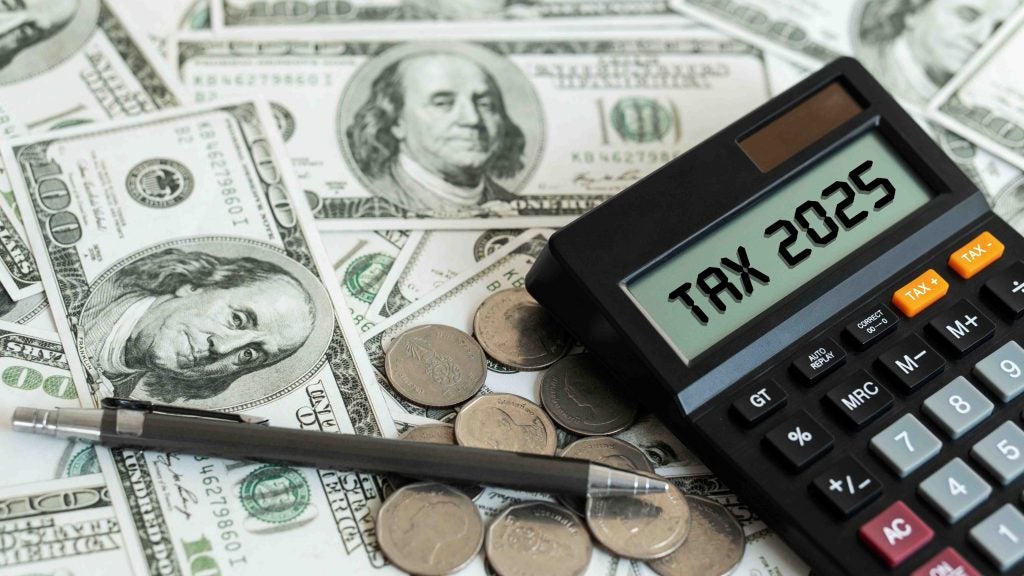With a GDP growth expected to keep rising, the land down under is recovering well from the world financial crisis. Being one of the largest private banking centres in Asia, Australia offers a flourishing prospect for wealth managers and especially for family offices.
Australia continues to put the down years of the financial crisis behind it with the country’s GDP increasing over the past years and is expected to continue on its way, according to a report by global consultancy WealthInsight. The growth is mostly driven by the basic materials sector, which represents 11.3% of the GDP; followed by financial services, 10.3%; and retail and fashion, 9.7%.
High net worth individuals in Australia play an increasingly important role in the country’s economy, but they are still well behind global averages. They have an average wealth of $3.1m and contribute to roughly 17% of the country’s total wealth, almost half the international norm of 30%.
The third least densely populated country in the world has an amount of over 274,000 HNWIs, a number rising and expected to reach over 333,000 individuals by 2015. Among those, over 2,460 are considered ultra high net worth individuals (UHNWIs), with an average wealth of $102m. Half of them are entrepreneurs who made their wealth in financial services and basic materials industries.
UHNWIs represent less than 1% of Australia’s HNWIs and gather billionaires, centimillionaires and affluent millionaires. The typical Australian UHNWI is a male entrepreneur, aged 57, who lives in New South Wales. The richer HNWIs get, the older and more likely to be men they tend to become.
Over valued real estate
When it comes to investments, Australian’s HNW wealth is heavily weighted towards real estate. This sector makes the biggest share of the HNWI’s assets (29%) which is not really surprising as, despite being one of the most over valued in the world, Australian’s real estate is also a historically safe place to store wealth.
Their property holdings have therefore increased from 27% of total assets in 2007 to 29% in 2011. This is above the international norm of 20%.
The tendency to invest abroad is also strong and hasn’t decreased over the past years. Australian HNWIs foreign property allocations went from 3% in 2007 to 3.2% in 2011 as they took advantage of the strength of their currency – the Australian Dollar rose by 19% over the US Dollar over these four years, to increase their foreign real estate holdings. Most of the purchases were made in New Zealand, on the East Asian market and in popular up-market vacation destinations.
Room for growth in family offices
In Australia, wealth management is a key service offered to a wider range of wealthy individuals. Private bankers are available for clients with as little as $1m in assets and $250,000 of income. More than half of the $350bn in HNWI assets under management (AuM) are managed by single family offices (SFOs).
Family offices became a major industry over the past 15 years and today, most of the 200 wealthiest families in the country have their own. HNWIs who created their wealth in the real estate sector are more likely to rely on a family office (21% of total SFOs) although the financial services is the largest sector from which Australian HNWIs have acquired their wealth (5.5% of total SFOs).
Lower tier-millionaires in Australia tend not to use wealth managers or private banks, keeping most of their holdings in pension funds instead.
Australian pension funds’ assets under management value $1.3trn, placing the country at the fifth place of the largest pension systems in the world.
By 2015, real estate holdings are expected to fall to 25% of the total assets of Australian HNWIs. One of the reasons concentrations in real estate are so high is because Australian rules on the purchase of homes by foreigners are strict. Regardless of the value of the property, foreigners need prior approval in order to acquire an interest in certain types of real estate. This includes buying, agreeing to enter into a lease and financing and profit sharing agreements.
This process is mirrored when it comes to investments. Foreign investors must notify the Australian government before acquiring an interest of 15% or more in an Australian business valued above $240m, or when an acquisition would result in foreign person holding an interest of 40% or more in an Australian business.
This "Australian only" policy is probably one of the reasons why Australia’s HNWIs focus 29% of their assets on real estate. This policy, added to the high price of the market, put them among a small number of potential buyers. If the government decided to relax these rules, the local real estate industry could benefit substantially.
Healthy and wealthy
Australia is one of the only developed countries to cope with the world financial crisis with a positive economic forecast. The country’s GDP is expected to pursue its healthy diet at around 3% a year until 2015. The number of UHNWIs is also on the rise and should reach 3,000 individuals by 2015; with a combined wealth of $305bn.
In addition, assets under management are expected to grow by 8% per annum, to reach $378bn in 2015.







